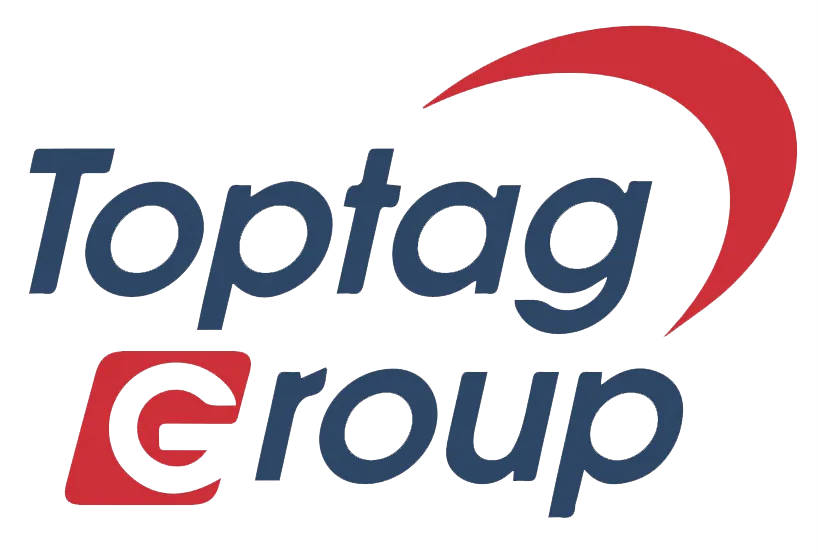Nowadays, the application of RFID technology is very extensive, such as fixed asset management, logistics tracking, tool borrowing and returning management, etc. With the development of RFID technology, RFID electronic tags are applied in more fields. There is a special type of RFID electronic tag, namely water washing tag, which has the characteristics of softness and waterproofing and is commonly used for the management of laundry.
The workflow of washing labels with water
1. Register clothing information
In the laundry management system, the first step is to register the information of the clothes. This information may include clothing type, specifications, color, material, etc. At the same time, each piece of clothing will be assigned a unique RFID electronic tag for subsequent management and tracking.
2. Print and fix labels
Once the clothing information is registered, the system will automatically generate the corresponding RFID electronic tag and print it out. These labels will be fixed on each piece of clothing, usually by sewing or pasting. Ensure that the label is firmly fixed to the clothing to prevent it from falling off during the washing process.
3. Distribute clothing
After registration and labeling, the clothes can be distributed to the corresponding places of use or users. During the distribution process, RFID readers can scan the electronic labels on each piece of clothing to ensure the accuracy of distribution.
4. Classification and storage of dirty clothing
After clothing is used, it needs to be cleaned. When retrieving dirty clothes, staff can use RFID readers to scan the electronic labels of these clothes in bulk. The system will automatically record the status of each piece of clothing and classify it for subsequent cleaning and processing. Afterwards, these dirty clothes will be sent to the washing center for cleaning and disinfection.
5. Clean clothes are taken out of the warehouse
After cleaning, clean clothes will be returned to the place of use or the user’s hands. During the outbound process, RFID technology can also be used to quickly and accurately identify each piece of clothing, ensuring the accuracy and efficiency of the outbound process.
RFID electronic tag management brings many advantages to the workflow of washing clothes, mainly including the following points:
1. Automatically generate statistical reports
Through RFID technology, the system can record and track the status and location of each piece of clothing in real time. Based on this data, the system can automatically generate various statistical reports, including clothing usage, cleaning frequency, wear and tear, etc., providing comprehensive data support for managers to make decisions and optimize management processes.
2. Historical record query
The RFID system can store the historical records of clothing for a long time, including usage records, cleaning records, etc. Managers can check these historical records at any time to understand the usage and processing trajectory of each piece of clothing, making it easy to trace and manage.
3. Batch scanning recognition
Traditional barcodes require scanning one by one, which is inefficient. RFID technology can achieve batch scanning and recognition, identifying multiple labels at once, greatly improving recognition speed and efficiency, and saving labor costs.
4. High work efficiency
Overall, the workflow of managing laundry using RFID electronic tags is more automated and efficient. Through RFID technology, it is possible to quickly and accurately register, distribute, clean, and store clothing, greatly saving time and labor costs, improving management efficiency and service quality.
The RFID electronic tag management for washing clothes has a simple and efficient workflow with many advantages, making it an ideal choice for modern laundry management. With the continuous progress of technology, it is believed that the application of RFID technology in the field of laundry management will become increasingly widespread, bringing more convenience and comfort to people’s lives.
Related Products






